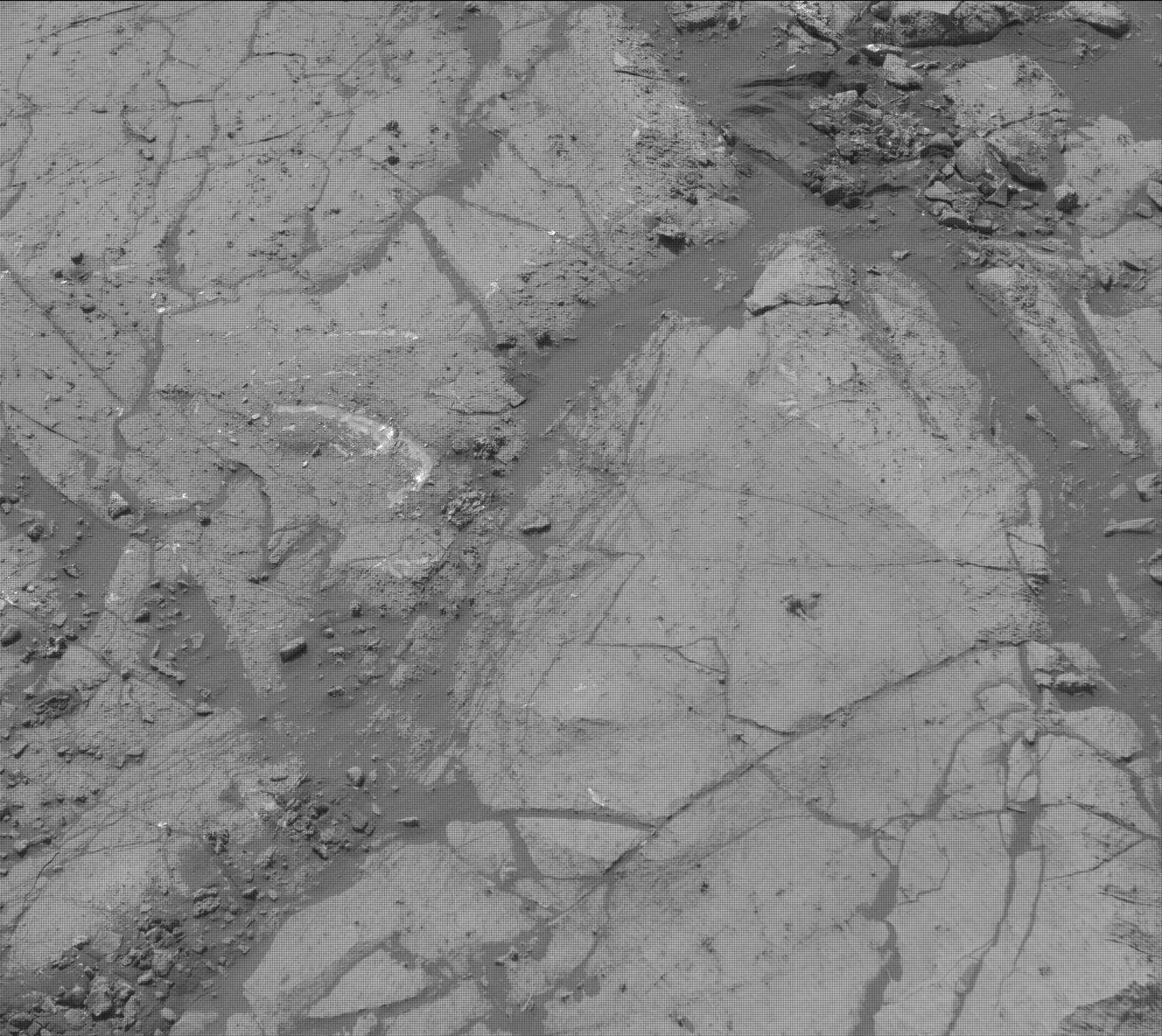2 min read

After seeing our initial contact science results and our successful pre-load test, the plan is to continue preparing to drill and get a sample from the Hutton target. While we finalize our analysis from yesterday’s activities, we are continuing to do more contact science on this fascinating workspace, including looking at “Traprain Law,” a place where our wheel scuffed the rock on an earlier drive (seen as the bright white streak in the center of the image). We also planned contact science on two other spots – “Moorfoot Hills” (a possible hollow nodule) and “Liberton Brae” (bedrock). As a rover planner, the tall nature of these two targets, which are very close together, relative to the local surface made for an interesting challenge to determine how to put the APXS down safety on each of these spots. We ended up touching between the two, to ensure we safely find the highest point, and then offset to get the desired APXS and MAHLI locations.
In conjunction with the contact science, we did a lot of targeted remote sensing science as well, including Mastcam and ChemCam imaging of Hutton and a nearby vein. We also have some of our standard environmental observations – a Mastcam full tau and crater rim extinction.
Alas, however, this is the last day on MSL and at JPL for our Deputy Project Scientist, Joy Crisp. We wish her well in her retirement – Mars won’t be the same without her.
Written by Ashley Stroupe, Mission Operations Engineer at NASA's Jet Propulsion Laboratory







